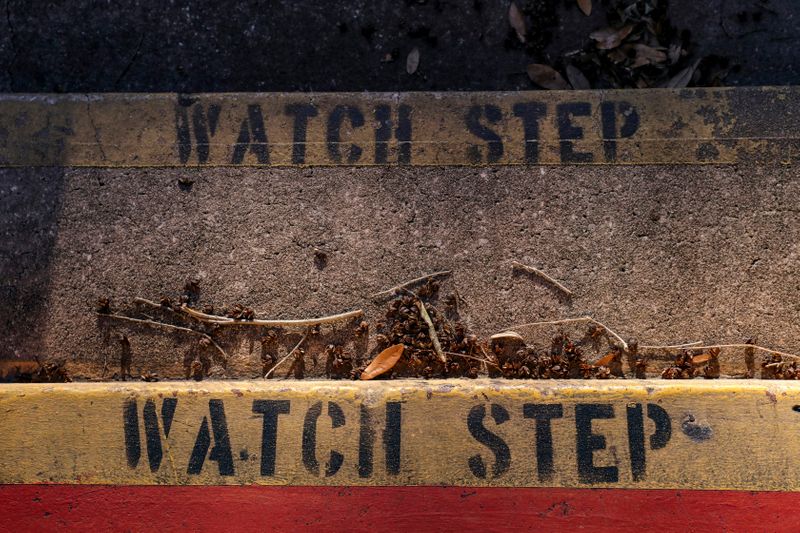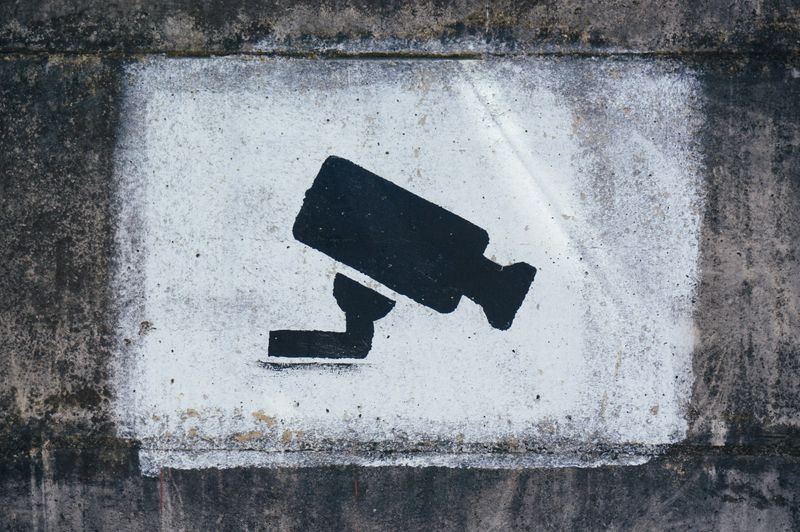Have you ever had a situation at work that seemed unsafe, but weren't sure what to do? Or maybe you wonder how you'd react to a safety issue?
 Photo by Galen Crout on Unsplash
Photo by Galen Crout on UnsplashYou probably completed health and safety training of some kind when you started your job, but you'll likely encounter new situations. It's okay to feel uncertain at first.
Your employer is accountable for workers' safety. You, the worker, are responsible for ensuring you're working safely and reporting issues you find. Having a simple process to follow can help you navigate an unsafe situation with confidence using your problem-solving skills.
Use the 4-step SLAM technique to help you solve workplace safety issues. It also helps to look at real-life situations where workers encountered a safety issue and what you can learn from their experience.
1. Stop and think
Workplace injuries often happen when people are rushing, tired, or distracted. In the flow of work, you might skip steps or do things incorrectly, leading to an incident.
Before performing a task, ask yourself:
Have you been trained to do the task safely?
Do you have the right tools and equipment?
What's the safest way to proceed?
 Photo by Gary Bendig on Unsplash
Photo by Gary Bendig on UnsplashTrue story
Geoff works in a hardware store. The store is busy and he's hurrying to put away a heavy box of plumbing parts and continue helping customers. He gets on a step ladder and lifts the box over his head to place it on the shelf. He feels a sudden pain in his back and shoulder. He shakes it off and continues working. The next day Geoff is in a lot of pain and has to take the day off.
Quiz
What could Geoff have done to prevent hurting himself? Select all that apply:
2. Look for hazards
When you enter a workspace or you're about to start a task, scan the area for potential hazards. Look at the environment, tools, and equipment for things that could cause injury or health risks.
 Photo by Mick Haupt on Unsplash
Photo by Mick Haupt on UnsplashThe types of hazards you might find at work are:
Chemical (fluids, gases, asbestos, pesticides)
Ergonomic (manual labor, tools, workstation)
Health (biological, viruses, mold)
Physical (temperature, air quality)
Psychosocial (stress, bullying, workplace violence)
Workplace (vehicles, machinery, navigating the site)
Your employer is legally obliged to provide health and safety training such as WHMIS before you start working.
Your workplace's health and safety committee is responsible for regular inspections.
You can do your part by identifying and reporting hazards.
This Workplace Inspection Checklist from Workplace Safety and Prevention Services shows what to look for in Ontario, Canada. You can check your country's or region's workplace safety standards if you work elsewhere.
If you're unsure how to do a task safely, ask!
3. Analyze the risks
Once you've identified a safety risk, consider your options.
Do you have the knowledge, training, skills, and tools to do the task safely?
Is everyone protected? (you, your coworkers, customers)
What are your options? (what's the proper procedure?)
Where can you get help? (supervisor, co-workers)
 Photo by Tobias Tullius on Unsplash
Photo by Tobias Tullius on UnsplashTrue story
Anna-Lea works at a pet boarding facility. She usually works with cats and has never worked with birds. One day, Anna-Lea's co-worker Daniela asks her to help move a cockatiel into a new cage. Anna-Lea tries to get the bird to perch on her forearm when it bites her ear, causing pain and bleeding.
Quiz
What could Anna-Lea have done to reduce the risk of being hurt?
4. Manage the situation
Stop work until a solution is found. No job is worth jeopardizing your well-being!
Discuss solutions with your supervisor and coworkers.
Work as a team to contain the situation and ensure everyone's safety.

True story
Iris works as a personal shopper in a grocery store. While collecting items for an order, her cart knocks over a display case full of honey jars. Honey and broken glass are spread all over the aisle floor. As luck would have it, the cleaning person left for the day.
Iris's coworker Ben brings some rags. Iris realizes the rags won't protect their hands from broken glass. She blocks the aisle with her cart and gets a mop, dustpan, bucket, gloves, and caution signs. Iris and Ben place the signs around the spill until they finish cleaning up.
Quiz
Of the actions Ben and Iris took, which were the most helpful in managing the situation?
Take Action
Be a safety champion at work using the SLAM problem-solving method:
Stop and think
Look for hazards
Analyze the risks
Manage the situation

Take your problem-solving skills to the next level:
Your feedback matters to us.
This Byte helped me better understand the topic.
